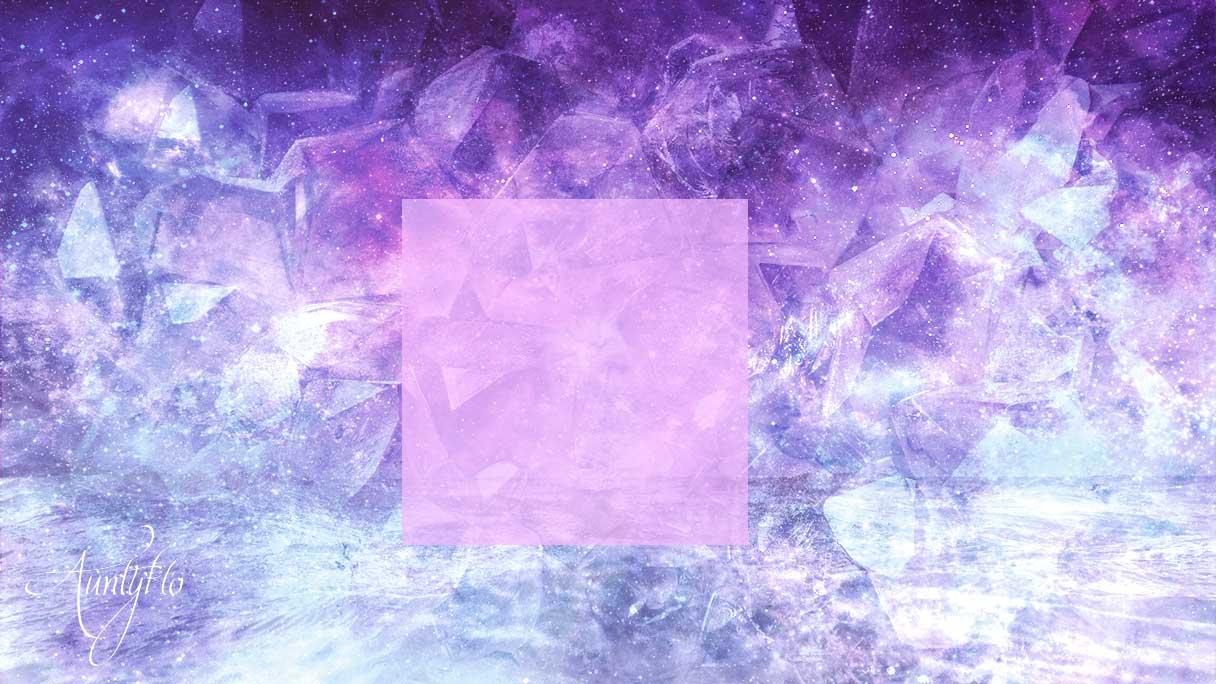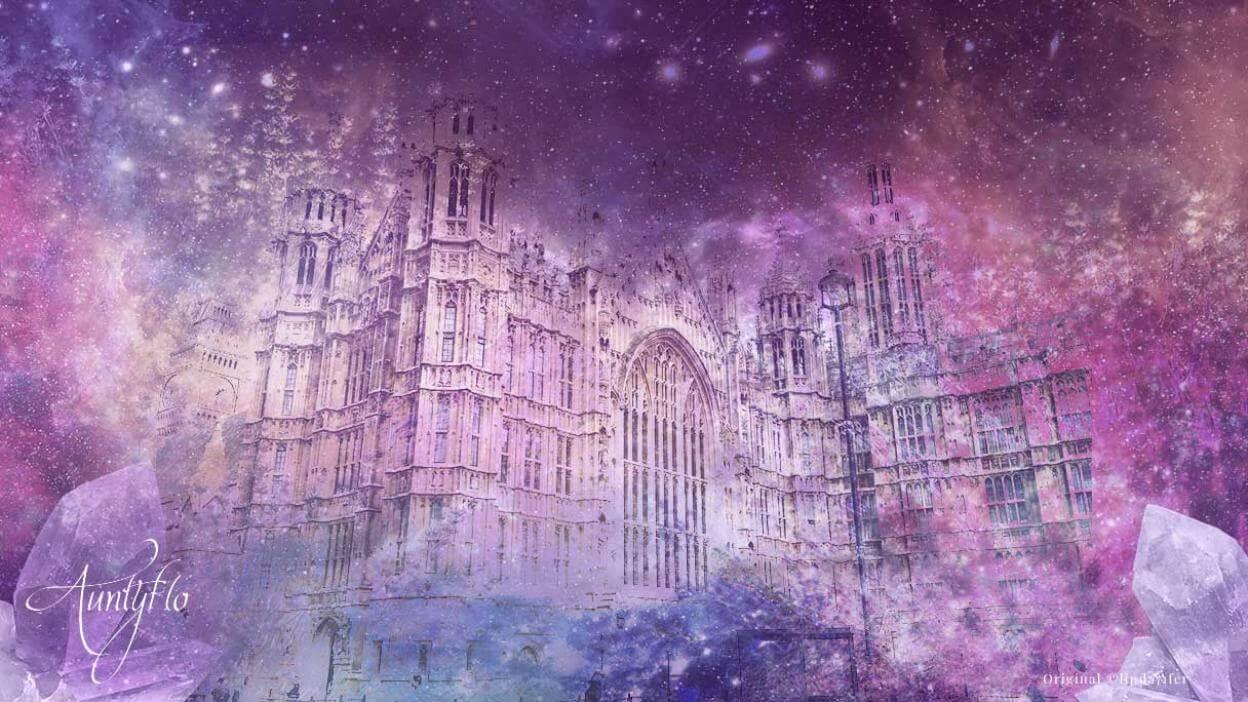Unlock the Ancient Secrets – Decoding Dreams about a Square Synagogue Like Never Before

Welcome, dreamers! Have you ever found yourself immersed in a dream, wandering through the landscapes of your unconscious mind, only to stumble upon a captivating sight – a square synagogue?
In this blog post, I invite you to unravel the mysteries hidden within this remarkable dream. By delving into the interpretation of a square synagogue, we will embark on a journey that expands your understanding of dreams and opens doors to new perspectives.
This article aims to provide you with valuable insights and decoding tools to understand the significance of dreams. So, make yourself comfortable, let your imagination soar, and prepare for a mind-altering journey into the hidden world of dreams!
The Significance of Dreams and Their Decoding

Dreams have great significance and power for individuals and cultures worldwide. They are windows into the subconscious mind, conveying messages and symbolic representations of thoughts, fears, aspirations, and unresolved issues.
Throughout history, people sought to understand and interpret dreams for valuable insights and guidance. Dream interpretation allows us to decode hidden meanings within our dreams.
An example showcasing the power of dreams is a square synagogue dream. It might symbolize stability, balance, and a sacred space of worship. Each element in the dream, like shape and place of worship, holds a potential deeper meaning requiring deciphering.
Analyzing the components and symbols in our dreams helps us explore our subconscious and understand our desires, fears, and motivations. Dream interpretation offers valuable insight, aids decision-making, and cultivates self-awareness.
A Brief Overview of Dream Analysis

Dream analysis is the interpretation of symbols and stories in dreams to gain insight into the subconscious mind. People have been fascinated by dreams for centuries, and different cultures and religions have tried to assign meaning to them. Some view dreams as purely psychological, while others see them as messages from a higher power guiding one’s life.
Dream analysis is the belief that dreams have hidden meanings and can provide insights into a person’s thoughts and desires. According to Sigmund Freud, dreams are a window into the unconscious mind, revealing repressed thoughts, wishes, and conflicts. Freud believed that dreams express unfulfilled desires and symbolize aspects of an individual’s personality.Table: Different Dream Analysis Theories
Freudian Analysis: Originating from Sigmund Freud, this theory suggests that dreams represent unconscious desires and repressed thoughts.
Jungian Analysis: Developed by Carl Jung, this theory proposes that dreams provide insights into the collective unconscious, archetypes, and a person’s quest for self-actualization.
Cognitive Analysis:
This theory examines the connection between dreaming and cognitive processing, problem-solving in waking life.
Spiritual Analysis:
Believers in this theory consider dreams as messages or guidance from a higher power.
Neuroscientific view:
According to neuroscience, dreaming is a result of brain activity during sleep and has cognitive and emotional functions for memory and experience integration.
Dream analysis can be conducted through methods such as journaling, recording dreams, and seeking specialized therapists. It involves attending to symbolism, recurring themes, and emotions in dreams, as well as exploring the dreamer’s associations and feelings towards dream elements. Through this process, dreams can be understood as a valuable tool for self-reflection and personal growth.
References:

Dream analysis is a valuable tool for understanding the deeper meaning behind our dreams. By deciphering the symbols and emotions in our dreams, we can gain insight into our subconscious thoughts and feelings. Freud, one of the most influential figures in the field, wrote extensively about dream interpretation in his book, “The Interpretation of Dreams.” If you are interested in exploring the hidden messages in your dreams, dream analysis can be a transformative and enlightening practice.
Dreams involving a square synagogue: possible interpretations

Dreams involving a square synagogue can hold various meanings depending on the context and symbolism within the dream. Synagogues are places of worship for Judaism, representing faith, community, and spirituality. When the synagogue is square in a dream, it adds significance. Here, we explore interpretations of dreams with a square synagogue.
A square shape symbolizes stability, balance, and structure. In a dream, a square synagogue represents the need for a stronger foundation in one’s spiritual life. The dreamer may need to strengthen their connection to their faith. It could also indicate a desire for order and organization in their religious practices, seeking structure and guidance from religion for stability in their life.
A square synagogue dream may suggest a longing for community and being part of a tight-knit group. Synagogue communities are often close and supportive. Dreaming of a square synagogue might indicate a desire for like-minded individuals who share the same faith, or wanting more social connections and a sense of belonging in waking life.
A dream with a square synagogue can symbolize constraint or feeling confined within religious boundaries. The square shape may represent limitations or being boxed in. The dream could reflect a feeling of being stifled or restricted within one’s religious practice or community, indicating a need to explore and find one’s own spiritual path outside organized religion for personal growth and liberation.
While there are various interpretations of dreams about a square synagogue, it’s important to remember that dreams are personal. The dreamer’s associations with synagogues and squares will play a significant role in understanding the dream’s meaning. Exploring emotions, experiences, and beliefs can provide deeper insights into the symbolic messages behind these dreams.
Conclusion: Unlocking the Symbolic Language of Dreams

In analyzing the symbolism in dreams, you have explored your subconscious and discovered hidden messages with deep significance for your waking life. Symbols are rich and complex, with layers of meaning that can provide valuable insights and guidance when deciphered.
By paying attention to dream details and exploring symbol interpretations, you have gained a deeper understanding of yourself and your emotions. Whether flying, meeting a stranger, or witnessing an important event, dreams mirror your innermost thoughts and desires.
Through your analysis, you have discovered that symbols often have personalized meanings beyond those found in dream dictionaries. You have also realized that dreams can act as gateways to the unconscious, allowing you to connect with suppressed or overlooked aspects of yourself. Armed with this knowledge, you can now apply these insights in your life. Reflect upon your dreams and their symbols, questioning their messages and how they can guide personal growth, resolve conflicts, or influence decision-making. Embrace the power of dreams in steering you towards a fuller and more self-aware existence.
The exploration of dream symbolism is an ongoing journey. Keep a dream journal, discuss dreams with others, and seek guidance from professional dream analysts or therapists specialized in dream analysis. Each dream has its own unique meaning. By unraveling these messages, you can discover endless possibilities for self-growth.
Remember, your dreams are a powerful source of insight and exploration. Embrace their mystery, deepen your awareness, and let their symbolism guide you to a more fulfilling path. Sweet dreams!


